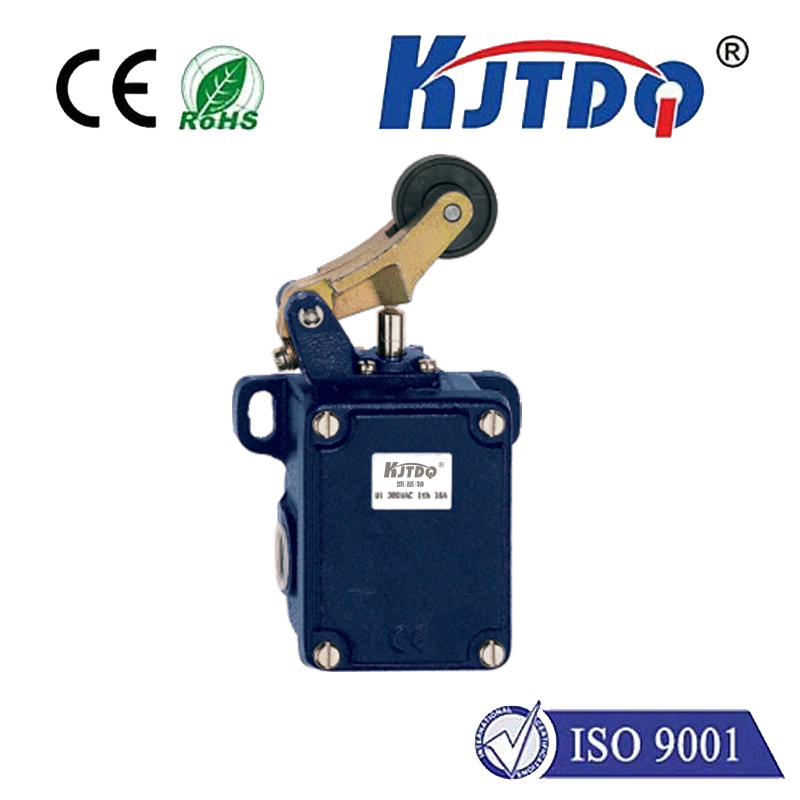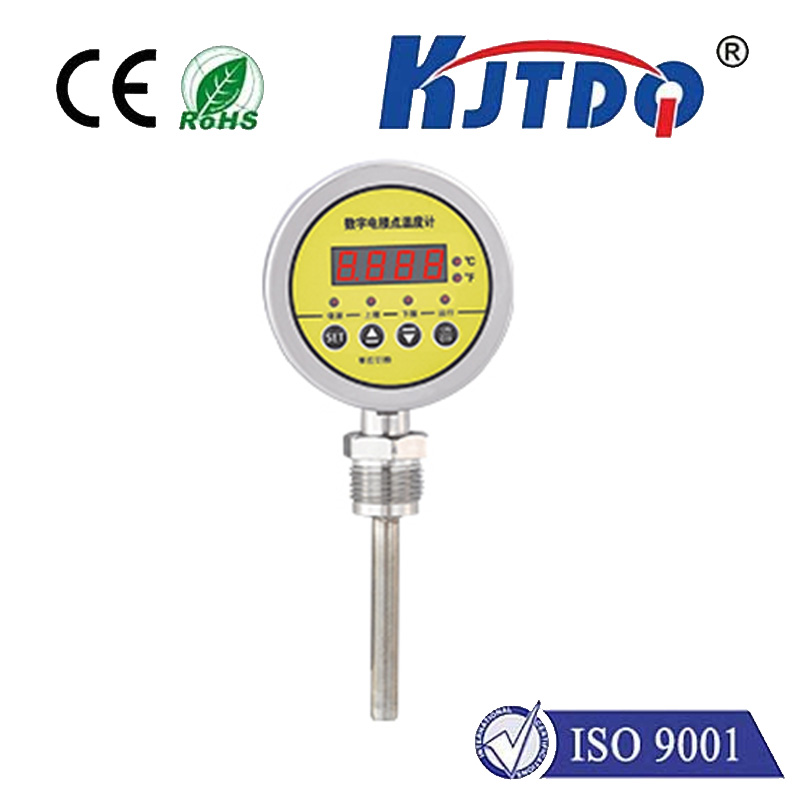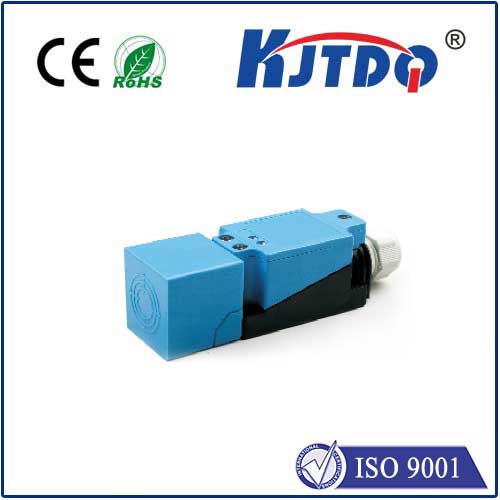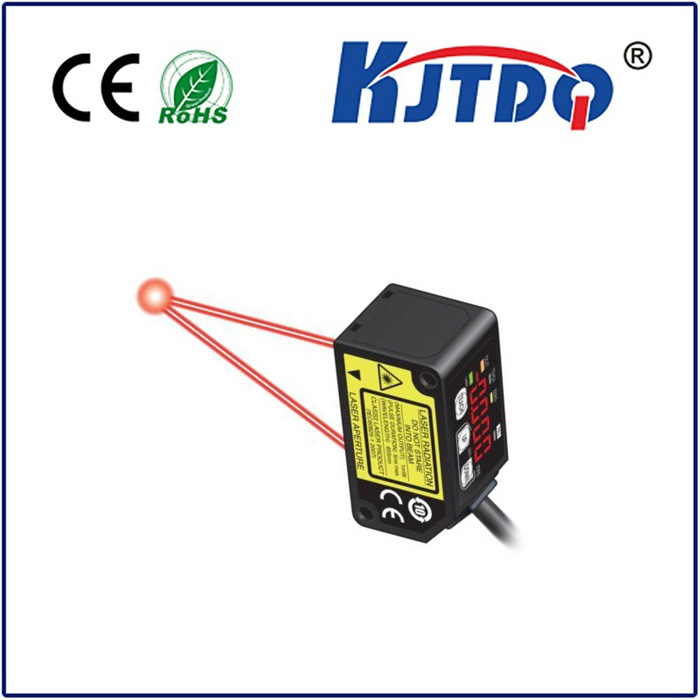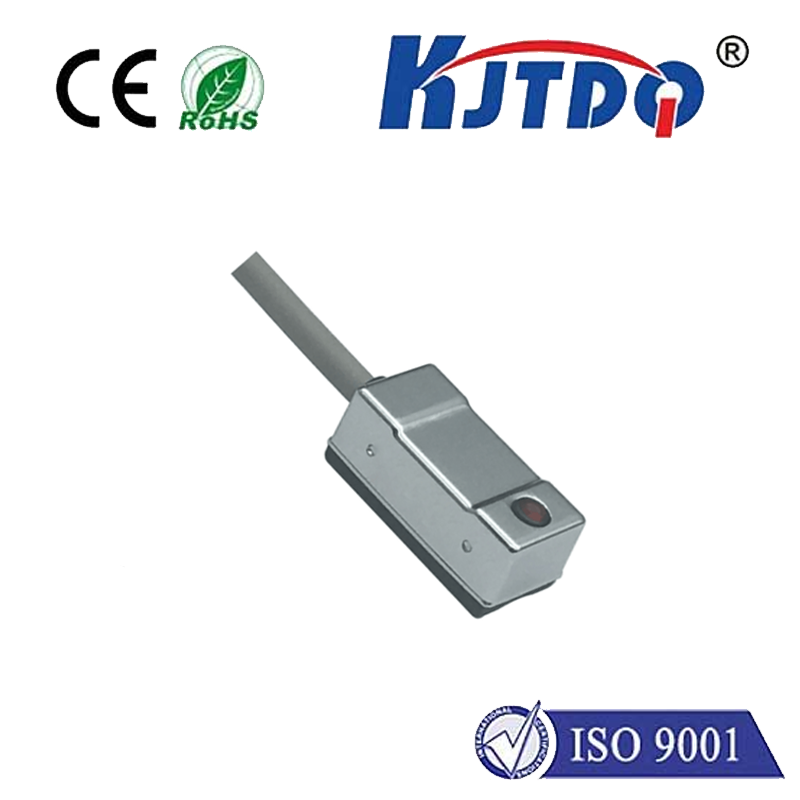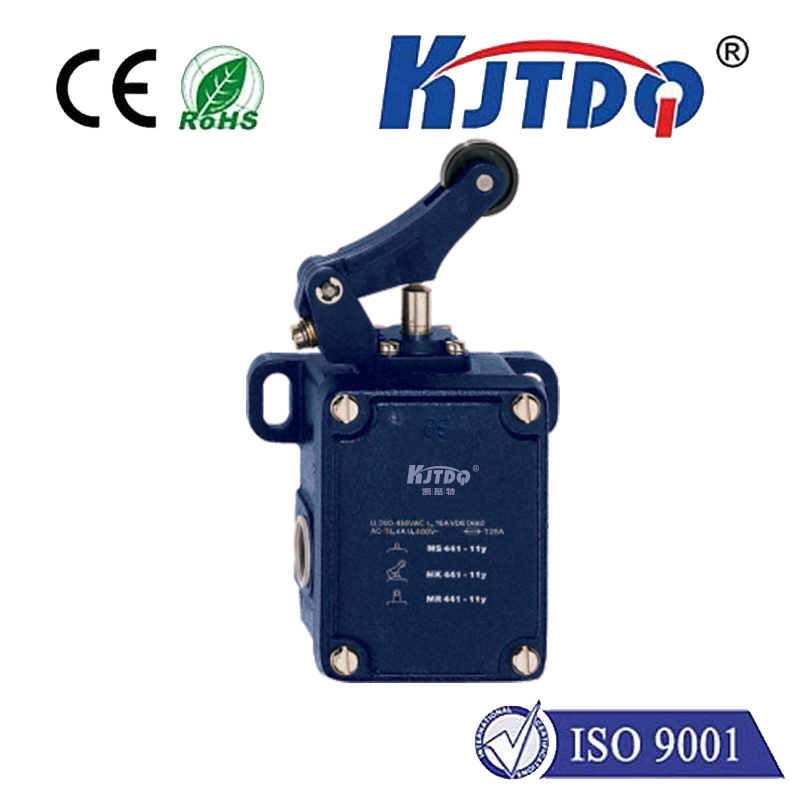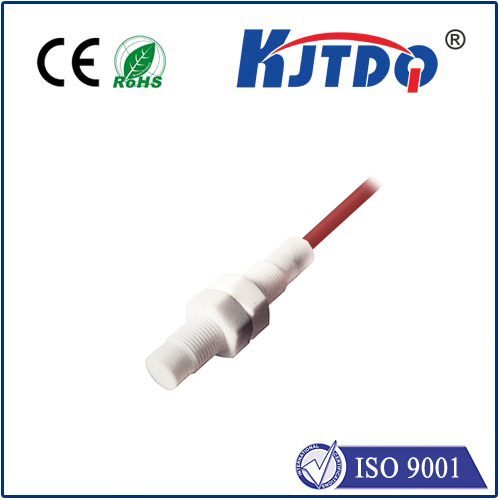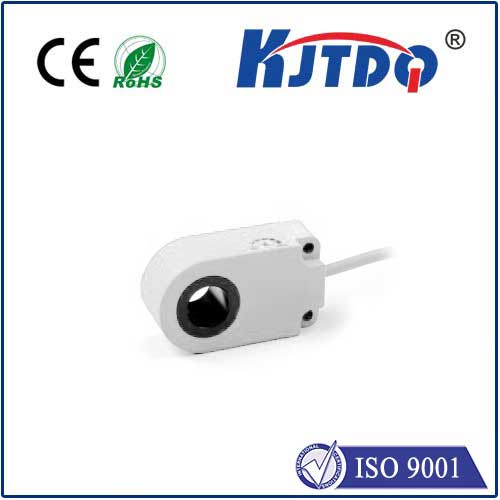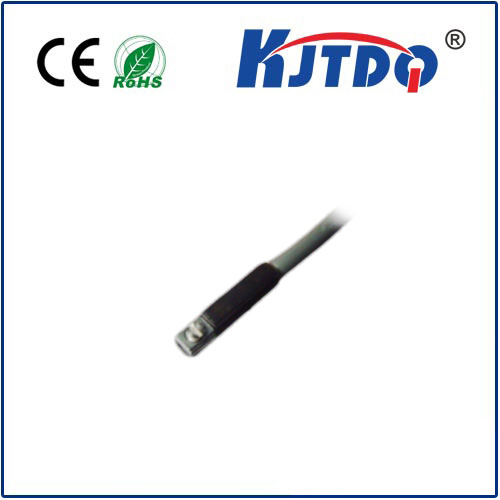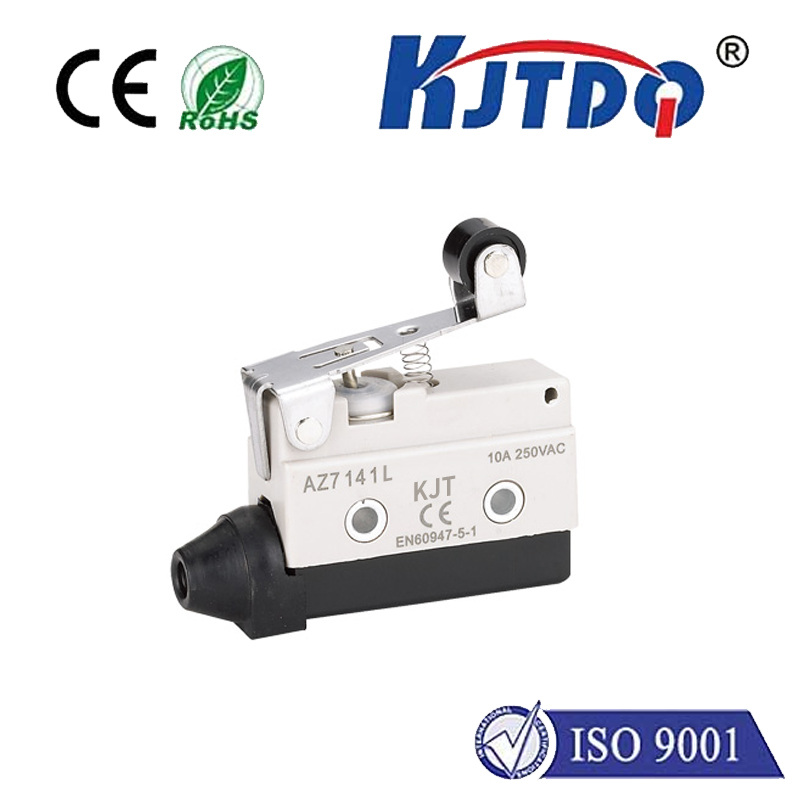

check

check

check

check
Optical Fiber Sensors: The Future of Smart Monitoring and Measurement
In today’s rapidly evolving technological landscape, the demand for precision, reliability, and efficiency in sensing systems has never been higher. Among the various innovations in sensor technology, optical fiber sensors have emerged as a game-changer, particularly in applications requiring high accuracy, durability, and remote monitoring capabilities. One of the most notable examples of this technology is the FU-4F Optical Fiber Sensor, which is designed to deliver exceptional performance in a wide range of industrial and scientific environments.
The FU-4F Optical Fiber Sensor is a state-of-the-art device that leverages the unique properties of optical fibers to measure physical quantities such as strain, temperature, pressure, and vibration. Unlike traditional sensors that often require complex wiring and are susceptible to electromagnetic interference, the FU-4F sensor operates through optical signals, making it highly resistant to environmental factors and ideal for use in harsh conditions.

At its core, the FU-4F sensor utilizes a fiber optic cable that transmits light signals through the medium, which are then analyzed to determine the physical properties being measured. This method of measurement is not only highly accurate but also allows for non-contact detection, reducing the risk of damage to the sensor itself and minimizing the need for regular maintenance. The sensor’s design is modular and can be easily integrated into existing systems, making it a versatile solution for various industries.
One of the most significant advantages of the FU-4F sensor is its ability to provide real-time data. In industrial settings, this real-time feedback is crucial for optimizing processes and ensuring safety. For instance, in the construction industry, the sensor can monitor structural health and detect early signs of stress or damage, allowing for timely intervention. Similarly, in the energy sector, the sensor can be used to monitor the integrity of pipelines and equipment, significantly enhancing safety and operational efficiency.
Moreover, the FU-4F sensor is known for its long-term stability and consistent performance, even under extreme conditions. This reliability is essential in applications where continuous monitoring is required, such as in aerospace, automotive, and biomedical fields. The sensor’s ability to operate in high-temperature and high-pressure environments makes it a preferred choice for industries that traditionally struggled with the limitations of conventional sensors.
In addition to its technical advantages, the FU-4F sensor also offers cost-effectiveness in the long run. While the initial investment may be higher compared to some traditional sensors, the reduced maintenance requirements and extended lifespan contribute to a lower total cost of ownership. This makes it an attractive option for both new and established industries looking to modernize their sensing infrastructure.
As technology continues to advance, the role of optical fiber sensors like the FU-4F will only become more critical. Their integration into smart systems and IoT platforms enables a new era of predictive maintenance and data-driven decision-making. With ongoing research and development, the potential applications of optical fiber sensors are expanding rapidly, offering new opportunities for innovation and efficiency across multiple sectors.
In summary, the FU-4F Optical Fiber Sensor represents a significant leap forward in sensing technology, combining precision, durability, and versatility to meet the demands of modern applications. As industries continue to seek more reliable and efficient monitoring solutions, the FU-4F stands out as a leading example of how optical fiber technology can revolutionize the way we measure and monitor the world around us.
